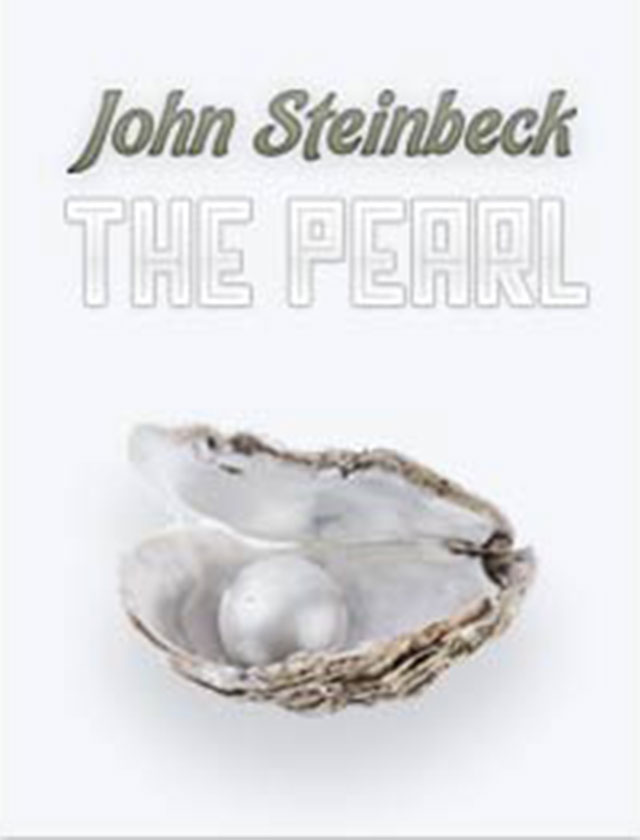The Pearl
by John Steinbeck
Introduction
John Steinbeck was born and raised in California at the beginning of the twentieth century. The son of a schoolteacher, he was often read to from the great literary works of the world—an education that prepared him for his vocation as a novelist.
Steinbeck’s first published work was Cup of Gold in 1929 at just 27 years of age. He followed that work with several more, showing just how prolific of a writer he actually was. In 1935, he published Tortilla Flat, which caricatured the mythical knights of King Arthur’s court by describing the adventures of a group of hooligans, drifters, and riffraff in post-WWI California. Rather than a celebration of virtue and honor, it was a celebration of lawlessness and intemperance that, however, was found to be rather appealing in the midst of the dreariness of the Great Depression.
Throughout the Depression, Steinbeck studied the lives of common men and women and illustrated them in novels, often rising to levels of great pathos, such as in The Grapes of Wrath (1939), which chronicled the movements of migrant workers from Oklahoma to California during that time.
A big influence on Steinbeck’s life and career came in the form of his friend and business partner Ed Ricketts. Rickets had an interest in marine biology and often invited Steinbeck on boat trips along the Baja Peninsula. It was during one of these expeditions that Steinbeck was inspired to write The Pearl, which was published in 1947.
Like all of Steinbeck’s works, The Pearl focused on a group of people that he had gotten to know personally and with whom he could relate. The struggles of Kino and Juana against an evil that threatened to destroy them was a theme that appealed to the writer and one that he could make his own. He also saw in the local narrative a kind of allegory and modern-day parable suitable for his times.
For that reason, The Pearl begins with an epigraph that doubles as a brief prologue and leads right into the main narrative as though...
Sign up to continue reading Introduction >